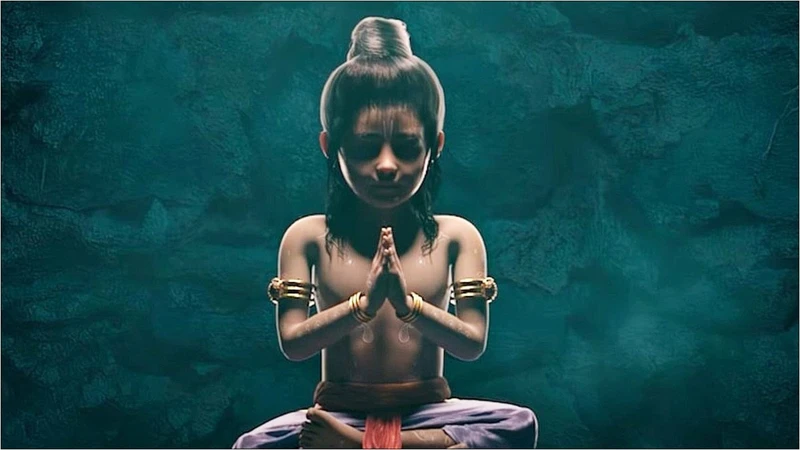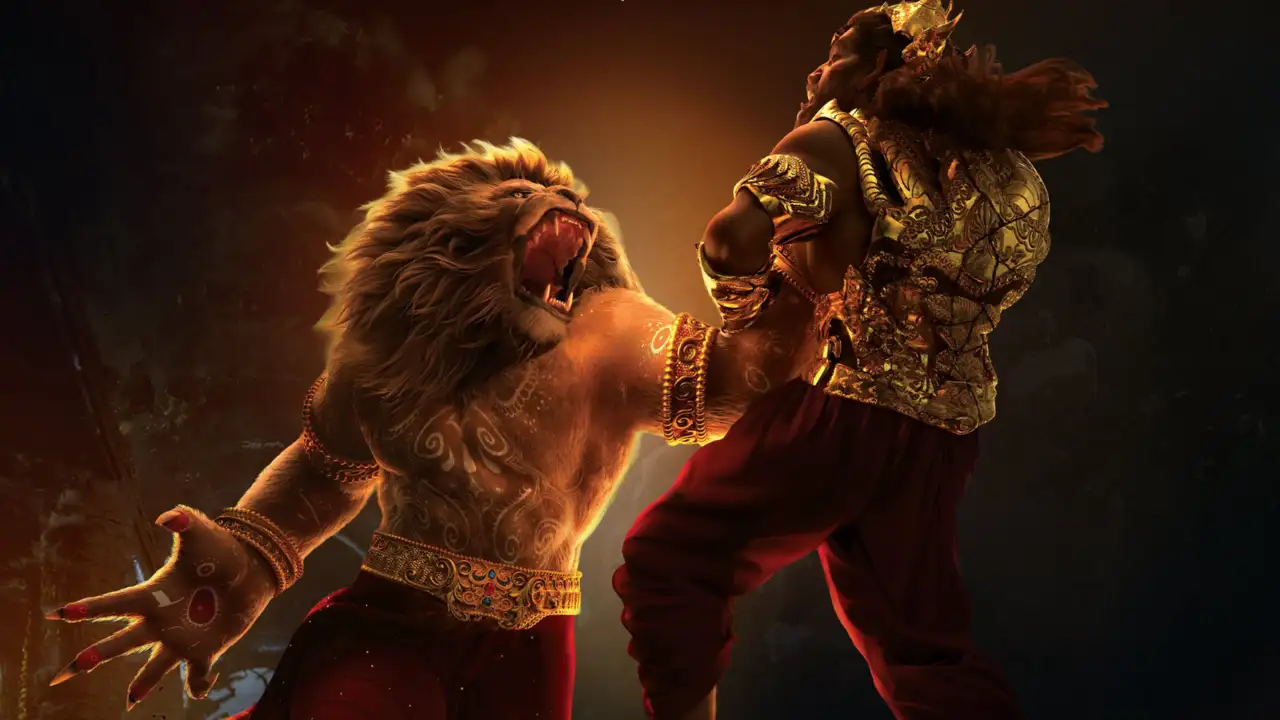After the box office success of Pan-India releases like KGF and Kantara, Hombale Films has returned with a brand-new project, and this time, it’s targeting a larger demography of audiences. Under the direction of Ashwin Kumar, the production has set the internet abuzz with India’s first large-scale 3D animated mythological epic, Mahavatar Narsimha. The Tamil-language film is deeply rooted in spiritual reverence as it fearlessly embraces one of the most powerful tales of Hindu mythology: the fierce incarnation of Lord Vishnu as Narasimha.
The film has officially hit the theatres across India this Friday, July 25, 2025, and has already created a buzz at the box office. But did the massive project succeed in delivering what it had promised to its viewers?
Mahavatar Narasimha: Ashwin Kumar animates a divine clash between ego and faith
Ashwin Kumar’s latest release, Mahavatar Narasimha, has been adapted from not one, but three Puranas: the Vishnu Purana, Narasimha Purana, and Shrimad Bhagavata Purana. In this 2-hour and 21-minute-long animated film, the makers have not only retold the story of good triumphing over evil but also offered valuable moral lessons.

The narrative of Mahavatar Narasimha begins with the birth of evil in the Satya Yuga, after Diti and sage Kashyapa defy divine law. Their son, Hiranyakashipu, starts his reign of terror in the world, fuelled by ego and vengeance, even declaring himself god. Ironically, his way to justice is paved by none other than his own son, Prahlad, whose unshakeable devotion to Lord Vishnu ultimately leads to his undoing when he arrives with his terrifying half-man, half-lion avatar, Narasimha.

What worked and what didn’t
Written by Rudra P. Ghosh and created by Ashwin Kumar, Mahavatar Narasimha delivers a brilliant screenplay that balances emotions with religious depth. Created in animation, it’s suited for young viewers, especially as Prahlad is the heart of the film. Just like we have heard in those stories since our childhood days, little Prahlad’s clarity and unwavering faith became a symbol of resistance in the face of tyranny. Sam C S’s background score deserves applause for its subtle yet soaring emotional cues.

While it’s a fact that Indian animation still has a long way to go when compared to global giants, Mahavatar Narsimha has surely taken a giant stride with impressive visuals. The characters, the grand mythical landscapes, and most notably the climactic entry of Lord Narasimha are sure to impress viewers of all ages. Another notable visual standout was the Varaha avatar sequence.

However, there certainly are some rough frames and transitions between scenes that could be polished some more, especially in background sequences and shots showing crowds. Regardless, the bold vision and overall execution outweighed these technical imperfections. Moreover, the emotional weight of the film is what elevates the whole story.

Another aspect that truly stands out is the way the film has refrained from glorifying violence, even when depicting the brutality of the demons. This factor, mixed with the emotional undertone of the film, especially the final confrontation between Narasimha and Hiranyakashyapu, has made the film even more impactful.

Final verdict
Despite some technical shortcomings and a storyline that dragged a little in the middle, Mahavatar Narsimha shines with its authenticity, spiritual power, and valuable message. Whether you’re a mythology buff or a parent looking for something meaningful for your kids, this animated epic deserves a place on your must-watch list.

Have you watched the film yet?
Read Next: ‘Thalaivan Thalaivii’ Review: Vijay Sethupathi And Nithya Menen Shine In Quirky But Repetitive Film

